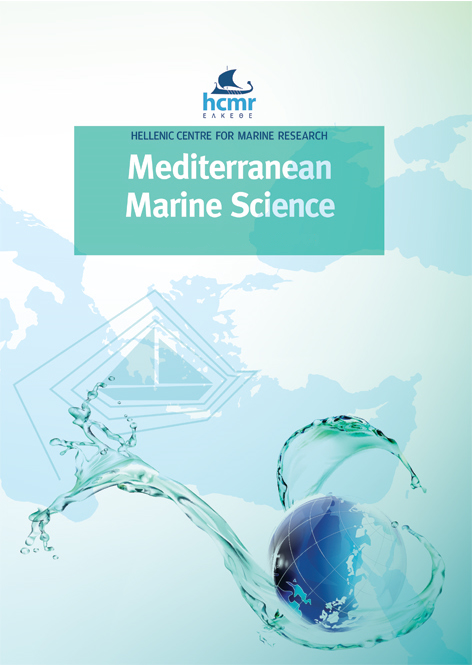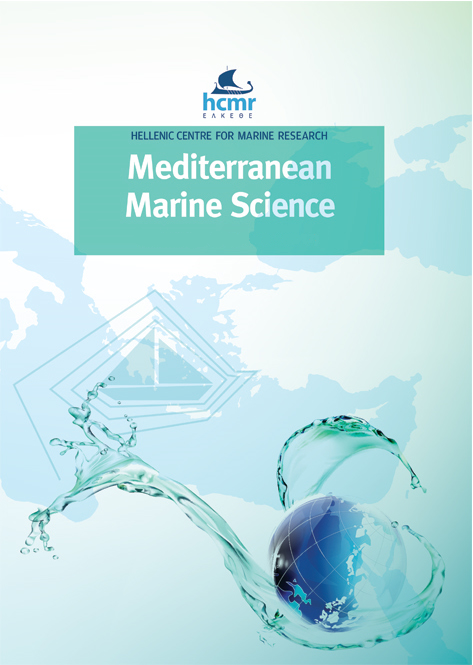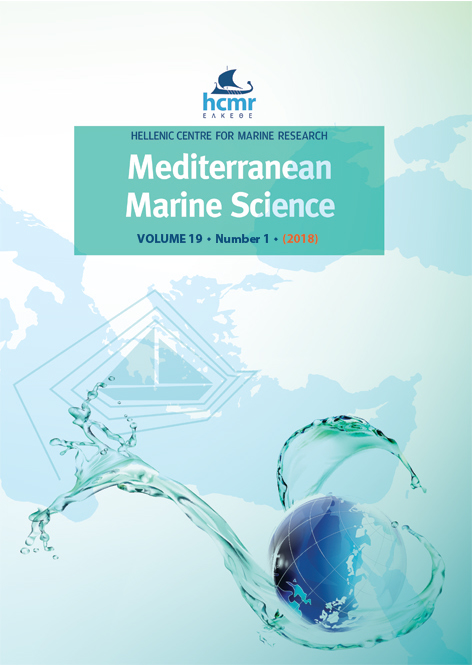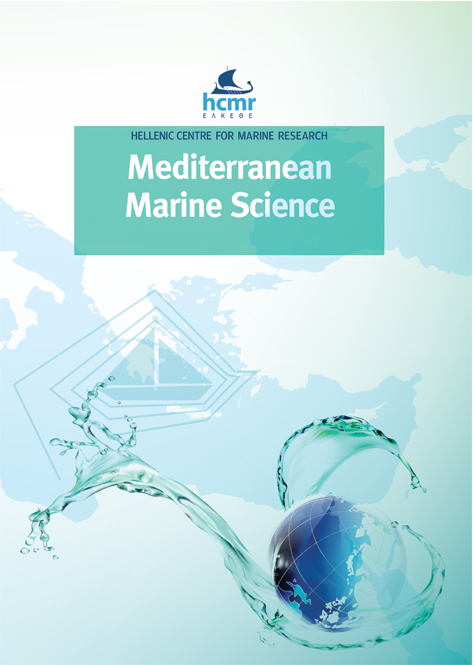Observations of juvenile sandbar sharks Carcharhinus plumbeus (Nardo, 1827) around the Bojana River delta (Southern Adriatic Sea)
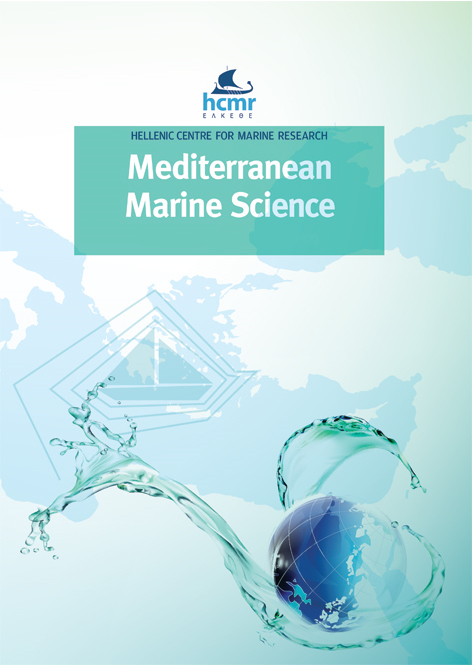
Abstract
The sandbar shark (Carcharhinus plumbeus) is considered rare in the Adriatic Sea and the majority of records originate from the northern Adriatic, where a nursery area for this species close to the Po delta system has been repeatedly proposed. This study provides 5 new records and analyses the previously published records of sandbar sharks recorded around the delta of the River Bojana (in Montenegro, in the south-eastern Adriatic). The River Bojana located on the border between Montenegro and Albania, is the second largest river flowing into the Adriatic Sea, where it forms a highly productive ecosystem already known as a local hotspot for smooth-hound sharks (Mustelus spp.). New records of sandbar sharks have emerged as a result of citizen science (a social media survey) and direct reports from fishermen. The total length of C. plumbeus juveniles ranged from approximately 800 mm to 1100 mm, and most (n=5) were caught by set gillnets. The data presented here show that juveniles are consistently present around the estuary and indicate the importance of this fragile estuarine ecosystem for sandbar sharks. Additionally, this study also provides morphometric data collected from a single individual.
Article Details
- How to Cite
-
ĆETKOVIĆ, I., JAMBURA, P. L., PEŠIĆ, A., IKICA, Z., & JOKSIMOVIĆ, A. (2022). Observations of juvenile sandbar sharks Carcharhinus plumbeus (Nardo, 1827) around the Bojana River delta (Southern Adriatic Sea). Mediterranean Marine Science, 23(4), 748–753. https://doi.org/10.12681/mms.30166
- Section
- Short Communication
Authors who publish with this journal agree to the following terms:
- Authors retain copyright and grant the journal right of first publication with the work simultaneously licensed under a Creative Commons Attribution Non-Commercial License that allows others to share the work with an acknowledgement of the work's authorship and initial publication in this journal.
- Authors are able to enter into separate, additional contractual arrangements for the non-exclusive distribution of the journal's published version of the work (e.g. post it to an institutional repository or publish it in a book), with an acknowledgement of its initial publication in this journal.
- Authors are permitted and encouraged to post their work online (preferably in institutional repositories or on their website) prior to and during the submission process, as it can lead to productive exchanges, as well as earlier and greater citation of published work (See The Effect of Open Access).





